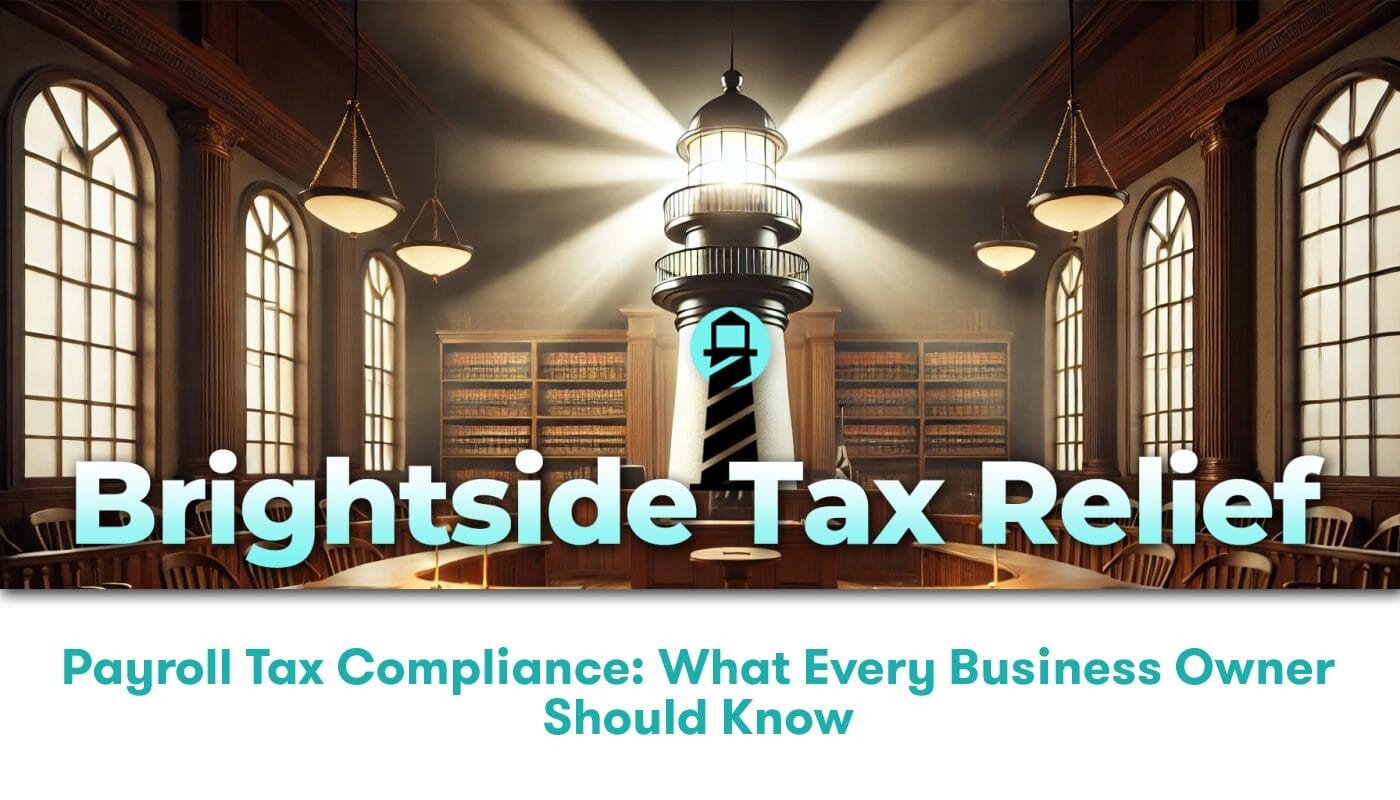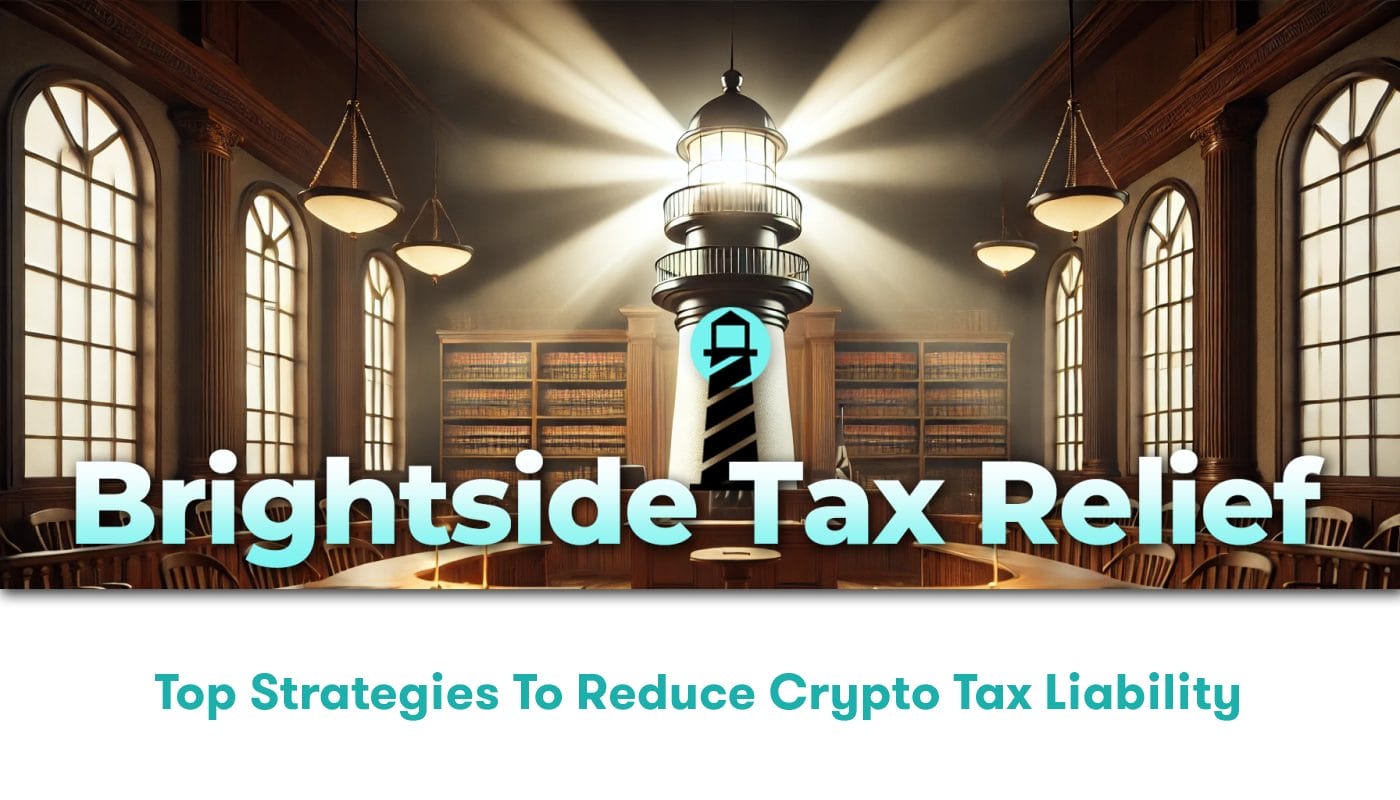Understanding Wage Garnishment
Wage garnishment, a commonly encountered term in the realm of personal finance, can be a cause of worry for many. As a nationwide tax relief company, Brightside Tax Relief aims to educate people about this issue and guide them through the complexities of dealing with wage garnishment.
Essentially, wage garnishment is a legal process that allows creditors to get a portion of your salary until a particular debt has been paid off. The paycheck’s garnishable amount is directly transferred from your employer to your creditors, which can include any government body, such as the IRS, or private creditors.
Addressing Garnishment Concerns
One of the recurring questions about wage garnishment which individuals often find themselves inquiring about, is whether or not a creditor can garnish an individual’s wages after seven years. This precise query is widely searched on IRS websites. The short answer is yes, wage garnishment can persist even if the debt dates back seven years or more.
The Time Frame of Debt and Garnishment
The statute of limitation varies depending on the type of debt owed. In some cases, the time frame might be less than seven years, while in others, it could be as long as ten years or even beyond. Here are some general guidelines to provide a clearer idea:
- Student loans: The U.S. Department of Education or any entity collecting for this agency can garnish your wages without a court order if you default on your student loans.
- Taxes: If you have unpaid federal taxes, the IRS can garnish your wages without going to court. The garnishment can continue until the debt is paid in full or the time for collection has lapsed – often ten years or more.
- Child support and alimony: Your wages can be garnished for these payments. If the payment is overdue, garnishment can consume 50-60% of your disposable earnings.
Federal vs. State
Wage garnishment rules also depend on federal and state laws. While federal laws offer a certain degree of protection to employees, state laws can either augment or detract from this protection. Some states offer more protection than the federal law, limiting the amount that a creditor can garnish. However, the lesser of the two amounts will be considered for garnishment.
The Role of Court Judgments
For most debts, creditors must first get a court judgment that they are entitled to the money you owe. This rule usually applies to personal loans, medical bills, and credit card debts. Creditors win a judgment by proving to the court that the debtor owes money. Once the creditor has this judgment, they can potentially demand wage garnishment.
Understanding Garnishment Limitation
According to the Consumer Credit Protection Act (CCPA), a federal law, creditors can garnish the lesser of:
- 25% of your disposable income (the part of your earnings remaining after legally required deductions).
- The amount of disposable income exceeds 30 times the federal minimum hourly wage.
Bankruptcy and Wage Garnishment
Filing for bankruptcy can stop wage garnishment in its tracks. From the moment you petition for bankruptcy, an automatic stay goes into effect which stops most collection actions by creditors.
While wage garnishment can create a Monday morning surprise on your paycheck, it is vital to understand that plenty of legal protections are available to you. It’s a game of knowing your rights and taking proactive steps to safeguard your earnings. For more information on wage garnishment, visit the IRS website.
Conclusion
At Brightside Tax Relief, we are here to guide you through this overwhelming process. Remember, if a creditor garnishes your wages, you have options. Take immediate legal advice to understand your rights and determine the best course of action. Navigating the complex avenues of wage garnishment might be challenging, but with credible resources and assistance, it becomes more manageable. It’s never too late to seek help, protect your rights, and keep your hard-earned money where it belongs – in your hands.






